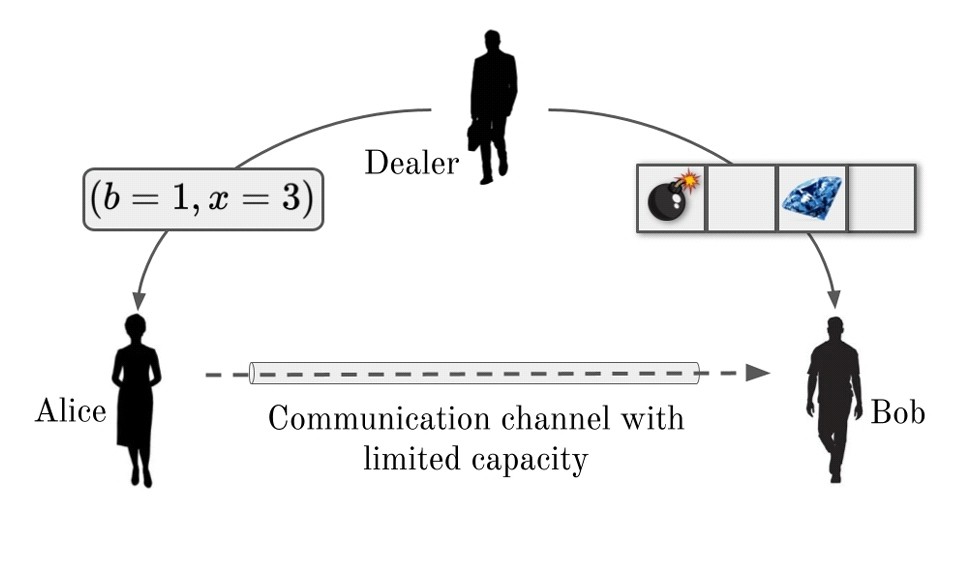<< When traffic is routed through a network that is susceptible to congestion, the self-interested decisions made by individual users do not, in general, produce the optimal flow. This discrepancy is quantified by the so-called "price of anarchy." >>
AA << consider whether the traffic produced by self-interested users is made better or worse when users have uncertain knowledge about the cost functions of the links in the network, and define a parallel concept that (They) call the "price of ignorance." >>
AA << introduce a simple model in which fast, congestible links and slow, incongestible links are mixed randomly in a large network and users plan their routes with finite uncertainty about which of the two cost functions describes each link. >>
<< One of (Their) key findings is that a small level of user ignorance universally improves traffic, regardless of the network composition. Further, there is an optimal level of ignorance which, in (the) model, causes the self-interested user behavior to coincide with the optimum. Many features of (AA) model can be understood analytically, including the optimal level of user ignorance and the existence of critical scaling near the percolation threshold for fast links, where the potential benefit of user ignorance is greatest. >>️
Alican Saray, Calvin Pozderac, et al. The benefit of ignorance for traffic through a random congestible network. arXiv: 2503.09684v1 [cond-mat.dis-nn]. Mar 12, 2025.
Also: network, behav, random, uncertainty, in https://www.inkgmr.net/kwrds.html
Keywords: gst, networks, behavior, randomness, uncertainty, price of anarchy, price of ignorance



